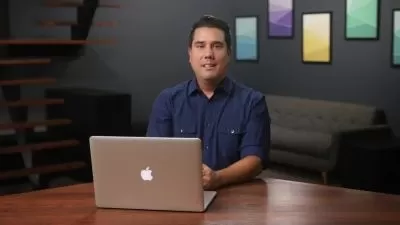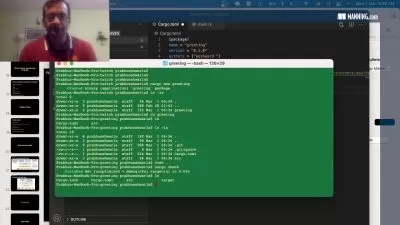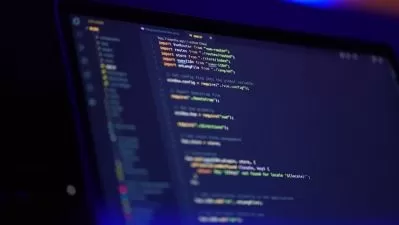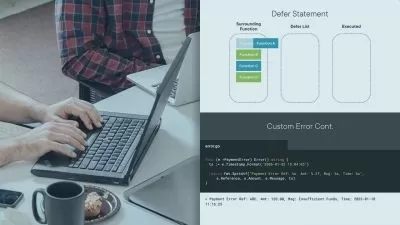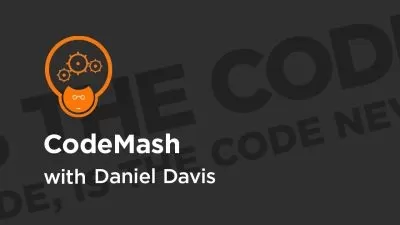.NET Diagnostics for Applications: Best Practices
Neil Morrissey
3:08:17
Description
Issues in deployed applications can be difficult to diagnose. This course will teach you how to use capabilities in .NET to trace and instrument your applications in order to log the behavior of the system and diagnose problems.
What You'll Learn?
Software doesn’t always behave as expected. When problems occur, you need to understand the behavior of the deployed system in order to diagnose and solve issues with your code and data. In this course, .NET Diagnostics for Applications: Best Practices, you’ll learn to how to instrument and trace your code, in order to create useful diagnostics. First, you’ll learn how to instrument apps using classes in System.Diagnostics, like Debug, TraceSource, and DiagnosticSource. Next, you’ll discover the various destinations for TraceListeners and Logging Providers. Finally, you’ll explore how to instrument more complex, distributed applications using the Activity class and OpenTelemetry. When you’re finished with this course, you’ll have the skills and knowledge of instrumenting and tracing needed to implement diagnostics for .NET applications.
More details
User Reviews
Rating
Neil Morrissey
Instructor's Courses
Pluralsight
View courses Pluralsight- language english
- Training sessions 36
- duration 3:08:17
- level average
- Release Date 2023/12/15








